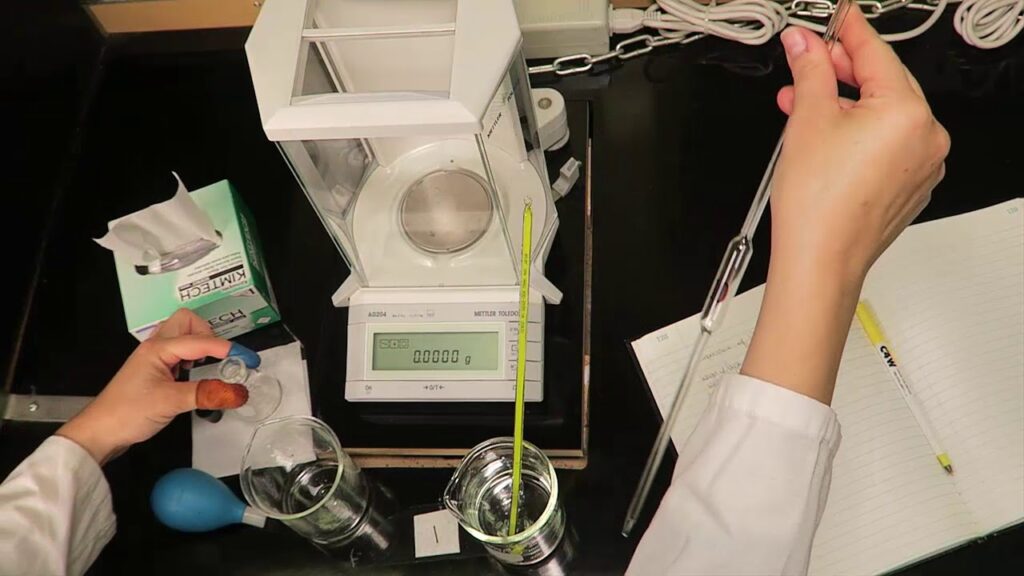Prism Calibration: Your Trusted Partner for Pipette Calibration
At Prism Calibration, we understand the importance of accurate measurements in laboratory settings. That’s why we offer comprehensive pipette calibration services to ensure that your equipment is functioning at its best. Our team of highly trained technicians is equipped with state-of-the-art tools and technology to provide the highest level of accuracy.

Ensures that pipettes deliver accurate and precise volumes, which is critical for reliable laboratory results.
Helps prevent measurement errors that can compromise experiments and affect research outcomes.
Industry Standards:
Calibration services at Prism Calibration comply with recognized industry standards, such as ISO 8655.
Adhering to these standards guarantees that your pipettes meet quality requirements essential for various applications.
Expert Technicians:
Our skilled technicians use advanced calibration equipment and techniques to assess the performance of your pipettes.
Technicians have extensive training and experience, ensuring high-quality calibration services tailored to your specific needs.
Applications in Various Industries:
Pipette calibration is essential for laboratories in pharmaceuticals, biotechnology, healthcare, and academic research.
Consistent and accurate pipetting is vital for drug formulation, clinical testing, and scientific experiments.
Calibrating your pipette is a crucial step in ensuring accurate and precise liquid measurements in the laboratory. Here are the steps involved in the calibration process:
A pipette is an essential tool in any laboratory that deals with liquids. It is used to measure and transfer precise volumes of liquid from one container to another. The accuracy and precision of a pipette are critical to the success of any laboratory work that involves the handling of liquids. This is why it is essential to ensure that your pipette is well-calibrated.
A well-calibrated pipette is necessary to ensure that your lab work is performed with the highest degree of precision and accuracy. Calibration is the process of comparing the volume dispensed by a pipette to a known volume and adjusting it to ensure that it dispenses the correct volume of liquid. This process is necessary to ensure that the pipette is operating accurately and within the manufacturer’s specified tolerances.
Calibration is essential for ensuring that your lab work is consistent and reproducible. A poorly calibrated pipette can lead to inaccurate and imprecise measurements, which can affect the results of your experiments and compromise the integrity of your data. This can lead to errors in your work, wasted time, and resources.
In addition to accuracy and precision, calibration is also important for regulatory compliance. Many regulatory agencies require that pipettes be calibrated regularly to ensure that they are operating within the required specifications. Failure to comply with these regulations can result in fines, legal liabilities, and reputational damage.
At Prism Calibration, we offer accurate and reliable pipette calibration services to ensure that your pipettes are operating at their best. Our team of highly skilled technicians is trained in the latest pipette calibration techniques and uses state-of-the-art equipment to calibrate your pipettes. We follow strict calibration procedures to ensure that your pipettes are calibrated accurately and efficiently, minimizing downtime and ensuring that your lab work can proceed smoothly.
While we highly recommend professional pipette calibration services, it is also possible to perform pipette calibration yourself. Here are the basic steps to follow for pipette calibration:

It is generally recommended to calibrate pipettes at least once a year, but more frequent calibration may be necessary depending on usage, environmental conditions, and specific industry regulations.
The duration depends on the number of pipettes and the calibration method used, but typically ranges from a few hours to a full day.
Our calibration services adhere to industry standards and regulations, providing you with the documentation and certification needed for compliance audits.
